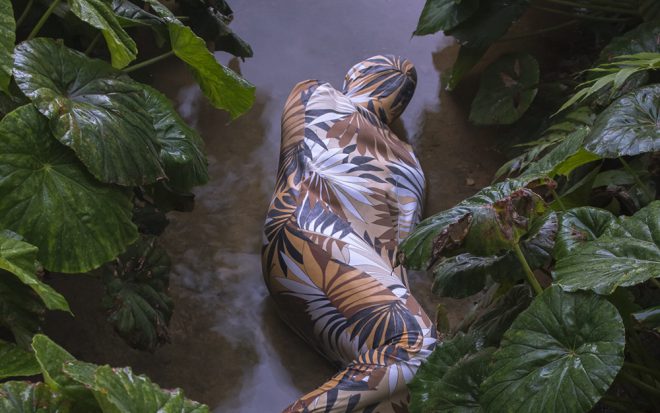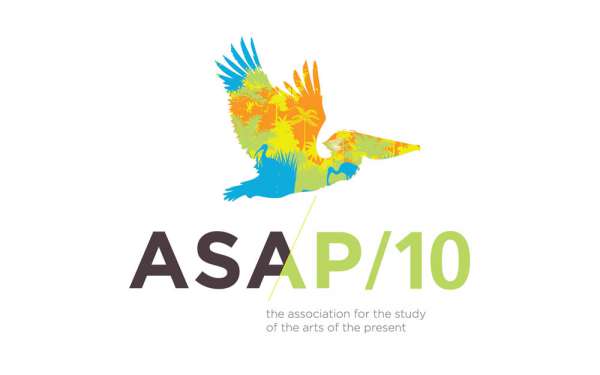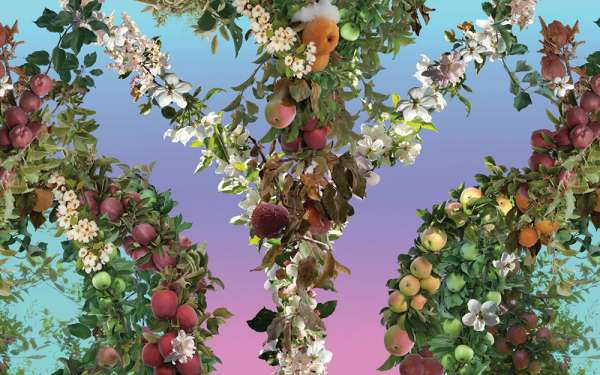“Queer Tropics”
This is a past event- Pelican Bomb Gallery X
1612 Oretha Castle Haley Boulevard
New Orleans LA 70113 Get Directions
Our new exhibition at Pelican Bomb Gallery X looks to the tropics to examine the intersections of aesthetics, landscape, and otherness.

Joiri Minaya, Container #1, 2015. Pigment print (detail). Courtesy the artist.
Pelican Bomb presents “Queer Tropics,” a group exhibition that considers the abstract idea of the tropics and how that vision has been created, reinforced, and confronted. “Queer Tropics,” which was conceived by Pelican Bomb’s Charlie Tatum, features artworks—including several newly commissioned installations—that examine the visual and cultural systems through which one imagines the landscape of the tropics as a site of leisure, sensuality, and play.
New Orleans is a particularly important location from which to reflect on the interconnectedness of aesthetics, tourism, and the body. Its geographic position and economic history have made it a gateway for trade and travel between the United States, Europe, and the Global South. New Orleans is often colloquially called “the northernmost Caribbean city,” and while this moniker refers to the city’s climate and historical cultural connections to the Caribbean, it also reinforces real and imagined associations, positioning New Orleans as a place of indulgence, hedonism, and no-holds-barred fun.
In her introduction to An Eye for the Tropics: Tourism, Photography, and Framing the Caribbean Picturesque, Krista Thompson traces the widespread imaging of the Caribbean as a picture-perfect paradise back to the late 19th century, when colonial authorities and hoteliers launched marketing campaigns to rebrand the constellation of island states. In “Queer Tropics,” Carlos Motta looks even further back, to early encounters between indigenous societies and Spanish and Portuguese colonialists, who began arriving in the soon-to-be-named “Americas” in the 15th century. In the Nefandus Trilogy, 2013, Motta blends oral traditions, historical documents, and fiction to articulate the ways in which colonialism imposed Christian morality, altering native populations’ relationships to sex and sexuality. Likewise, Kerry Downey’s Territories drawings, 2013, simultaneously evoke corporeal forms and the language of cartography to challenge society’s mapping and overdetermination of genderqueer and marginalized bodies, staging a connection between exoticization and eroticism that reappears throughout the exhibition.
In a photograph and a custom-printed wallpaper, Joiri Minaya pushes back against the ways in which language and image are manipulated to exoticize and commodify Latin America and the Caribbean. The artist critiques the use of tropical imagery like verdant foliage, bright white beaches, and vibrant color schemes to characterize places and people as “exotic.” Redecode: a tropical theme is a great way to create a fresh, peaceful, relaxing atmosphere, 2015, appropriates the iconic Martinique Banana Leaf wallpaper at the Beverly Hills Hotel in Los Angeles—transforming the lush pattern into a glitchy, pixelated mess. Similarly, Adrienne Elise Tarver considers the power dynamics of voyeurism and the gaze, and at Pelican Bomb Gallery X, Tarver is constructing a new immersive environment exploring moments of seduction by and within the landscape.
Experiment Station, 2017, a sound piece by Ash Arder highlights the often violent relationship between humankind and nature—one that has been rendered particularly traumatic for people of color living in the United States. Arder reads from a historical text to embody a failed 1892 competition in New Orleans’ Audubon Park to create a machine that could readily and efficiently strip fibers from the ramie plant, an easily cultivated type of nettle native to eastern Asia that is used for textile production and was introduced to the U.S. in the 19th century. Victoria Martinez’s works serve as monuments to personal and collective narratives, and they incorporate a wide variety of materials, from thrifted fabric and fake flowers to supermarket advertisements found in Pilsen, the predominantly Mexican neighborhood in Chicago where Martinez grew up and still lives. For “Queer Tropics,” Martinez has created a floor-to-ceiling banner that can be activated by viewers walking under and around the work, integrating their own bodies into the fabric.
Other works on view examine the aesthetics of desire and its commodification, like Pacifico Silano’s plexiglass photo-sculpture Plant Study No. 1, 2017, which presents snippets of gay porn in which nude men are posing and having sex next to potted plants. Madeline Gallucci looks for inspiration in hotel rooms, designs on carpeted bus seats, and the bright colors of popular clothing from the 1980s and ’90s. Embracing these markers of commerce, Gallucci repeats them to an extreme on a custom-designed curtain lining the gallery’s entrance.
“Queer Tropics” proposes an ambiguous space where the viewer can indulge in the visual pleasure of palm trees and colorful patterns, while questioning to what ends these images and motifs are used. While “Queer Tropics” considers some specific geographic contexts, its focus is on the intangible and the imagined—contemplating an abstract, yet vivid, conception of the tropics. Alongside the exhibition, Pelican Bomb’s Art Review features a thematic series of reviews, essays, interviews, and digital artist projects to expand the conversation.
“Queer Tropics” is a self-organized satellite exhibition that runs alongside “Prospect.4: The Lotus in Spite of the Swamp.”
Pelican Bomb Gallery X is free and open to the public Wednesday—Sunday, 12–5 pm. Contact Charlie Tatum at charlie@pelicanbomb.com with all press inquiries.



